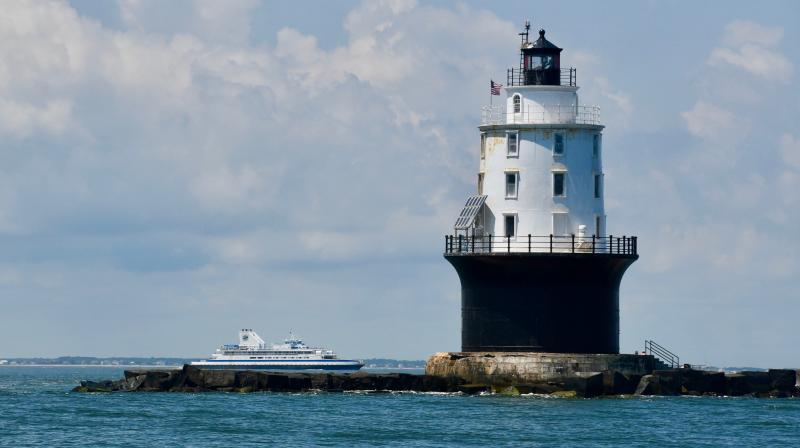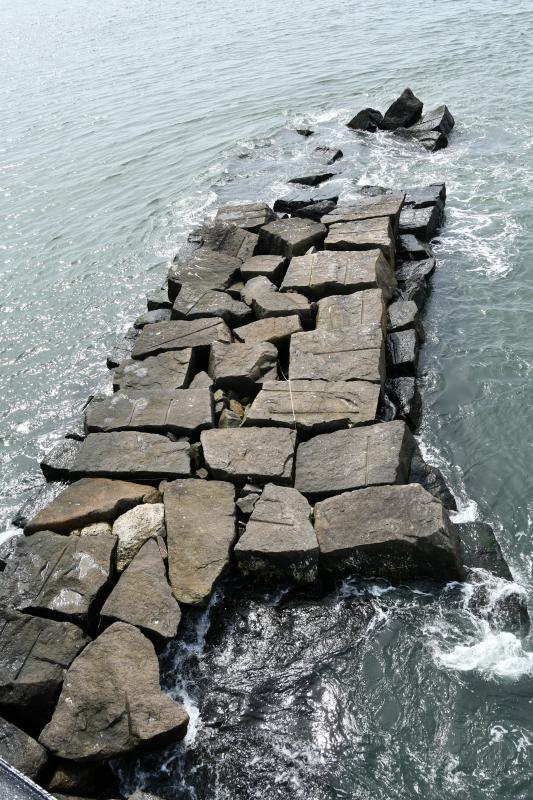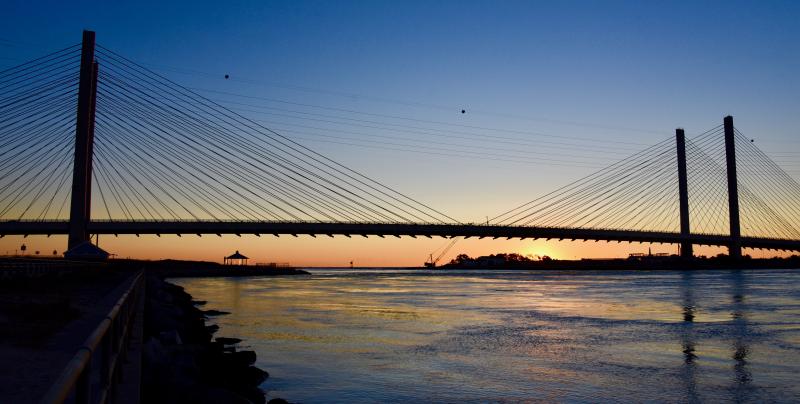Lewes-Rehoboth Canal dredging gets funding
Federal funding will address long-awaited repair and dredging projects in the Cape Region, including the Lewes-Rehoboth Canal and the historic Harbor of Refuge Lighthouse.
Delaware's congressional delegation announced Jan. 19 that the U.S. Army Corps of Engineers plans to spend $51.5 million in fiscal year 2022 on improvements to Delaware’s ports and waterways, using funds from the Infrastructure Investment and Jobs Act signed into law this past November.
Three of the four projects to receive funding are in the Cape Region:
• $250,000 for repairing and stabilizing the Harbor of Refuge Lighthouse off Cape Henlopen point in the Delaware Bay.
• $43.8 million for repairs at the Indian River Inlet, including fixing jetty problems. The navigation channel at Indian River Inlet provides the local Coast Guard Station with its sole access point to the Atlantic Ocean.
• $3.8 million for completing maintenance dredging in the Lewes-Rehoboth Canal from Rehoboth Bay to Delaware Bay. The canal is a shallow-draft navigation project utilized by both commercial and recreational users.
• $3.2 million for replacing contaminated waterway infrastructure and stabilizing the C&D Canal between the Delaware River and the Chesapeake Bay. The canal system connects the Port of Baltimore to the ports of Wilmington, Philadelphia, and northern trade routes.
In August 2020, Delaware River and Bay Lighthouse Foundation volunteers called the situation at the Harbor of Refuge Lighthouse dire. Board member William “Red” Moulinier said roughly 70 percent of the rocks on the breakwater around the base of the 96-year-old lighthouse were washed away, and the deterioration of the lighthouse's concrete base was disturbing.
The foundation owns the lighthouse, but the Coast Guard maintains it, and the Army Corps of Engineers is responsible for maintaining the breakwater. The 76-foot lighthouse went into operation Nov. 15, 1926, at the mouth of Delaware Bay. Keepers lived in the lighthouse for the next 47 years until it was automated Jan. 1, 1974.
Local boaters and fishermen were dismayed last September when they learned that a $15 million list of Delaware Department of Natural Resources and Environmental Control dredging projects over the next three years did not include the Lewes-Rehoboth Canal. At the time, officials said federal funds were needed to do the project.
Only portions of the 10-mile canal have been dredged since 2002. The Lewes Yacht Club budgets funds to dredge its marina at the Roosevelt Inlet end of the canal, and the City of Lewes funds dredging of its dockage area in Lewes Harbor.
The canal, part of the intracoastal waterway, was authorized in 1912 by the U.S. River and Harbor Act. Digging began Nov. 5, 1913, and the first boat passed through Oct. 8, 1916. The canal was completed in 1918.
Storm damage and erosion over the past few years have limited access along the Indian River Inlet. The restoration project includes repairs to the scour hole that closed the handicap pier, and a large portion of the sidewalk and fishing access on the north side of the inlet.
“The [Army] corps’ investments are critical to the economy of Delaware,” said U.S. Sen. Tom Carper, who chairs the Senate Committee on Environment and Public Works. “With our abundance of 5-star beaches and important waterways, the corps is an essential partner in the First State’s water resources infrastructure. The continued operation and needed repairs of these projects are just the tip of the iceberg in building a stronger economy in the First State that is more resilient to threats like climate change.”
“Delaware’s ports and waterways are absolutely critical to sustaining the strength of our nation. Through national and international trade, our waterways connect us to the rest of the world and help bolster our state’s economy exponentially,” said U.S. Sen. Chris Coons. “As we continue to use resources from the bipartisan infrastructure bill, I’m optimistic that we will produce high-quality, good-paying jobs, while putting the revitalization of our state on the forefront.”
“Investing in our state’s water infrastructure is vitally important to the well-being of our state,” said U.S. Rep. Lisa Blunt Rochester. “This is another exciting example of how the bipartisan infrastructure law is helping our state make long-overdue investments to our infrastructure, creating good-paying jobs, and spurring economic growth.”

























































